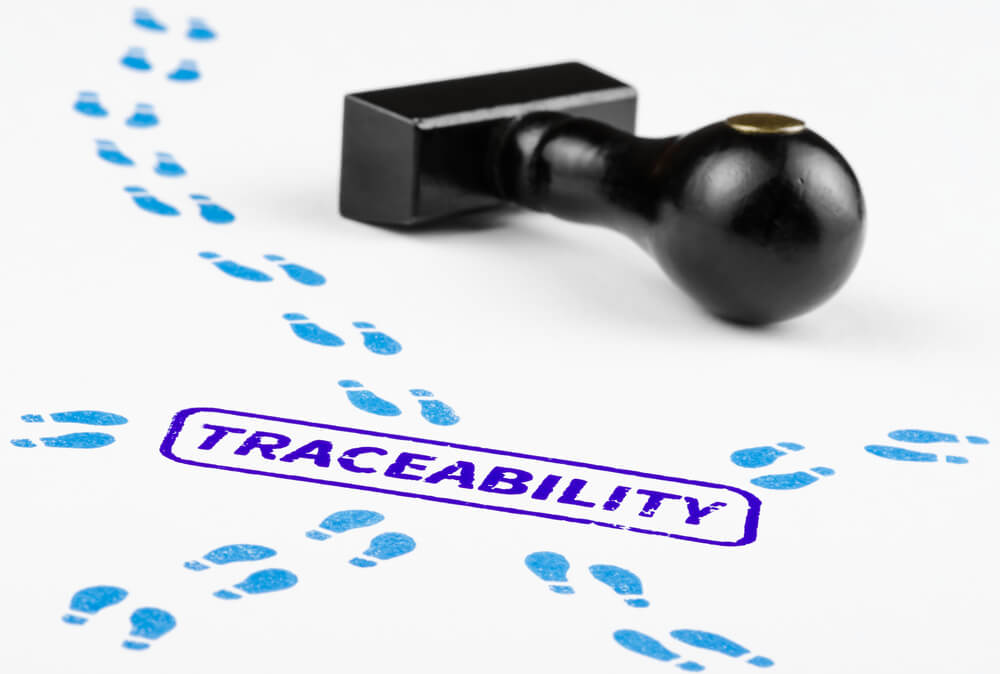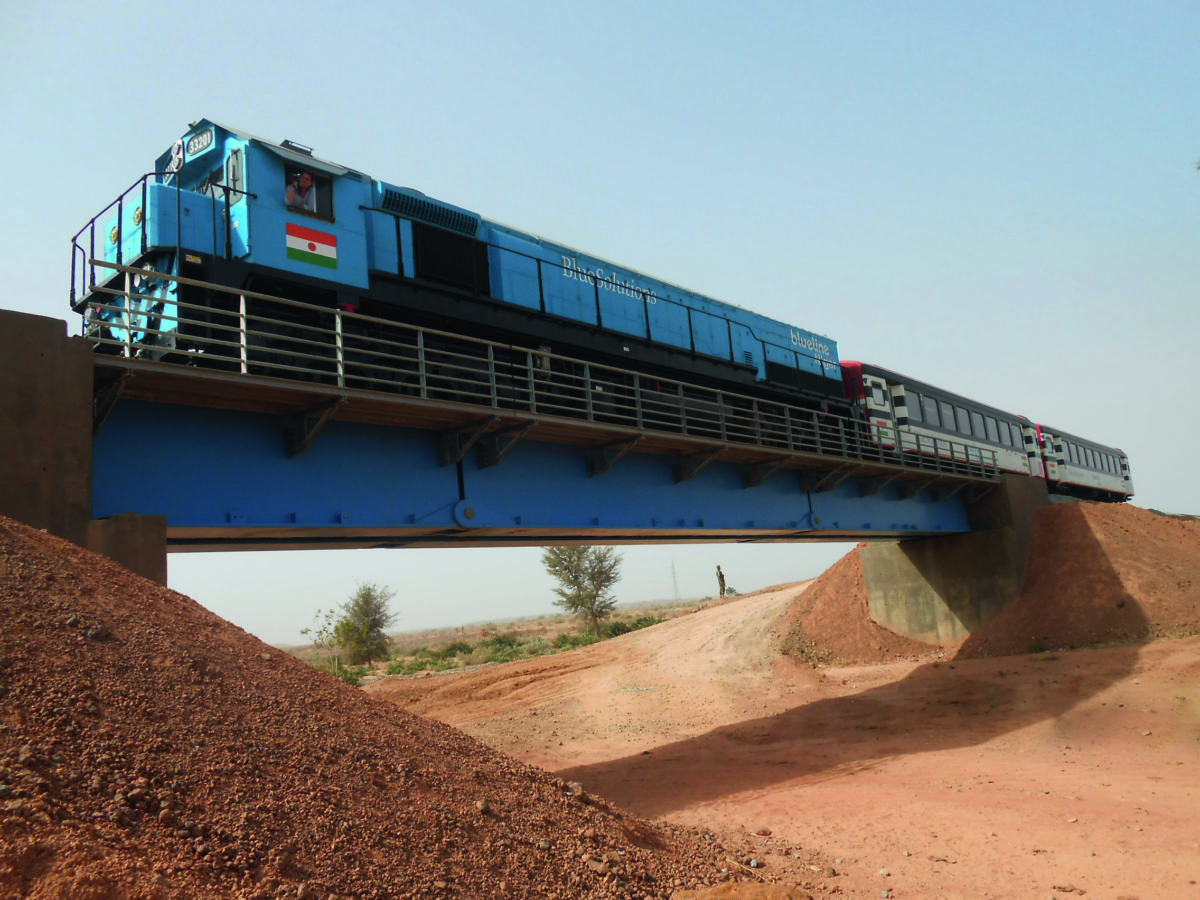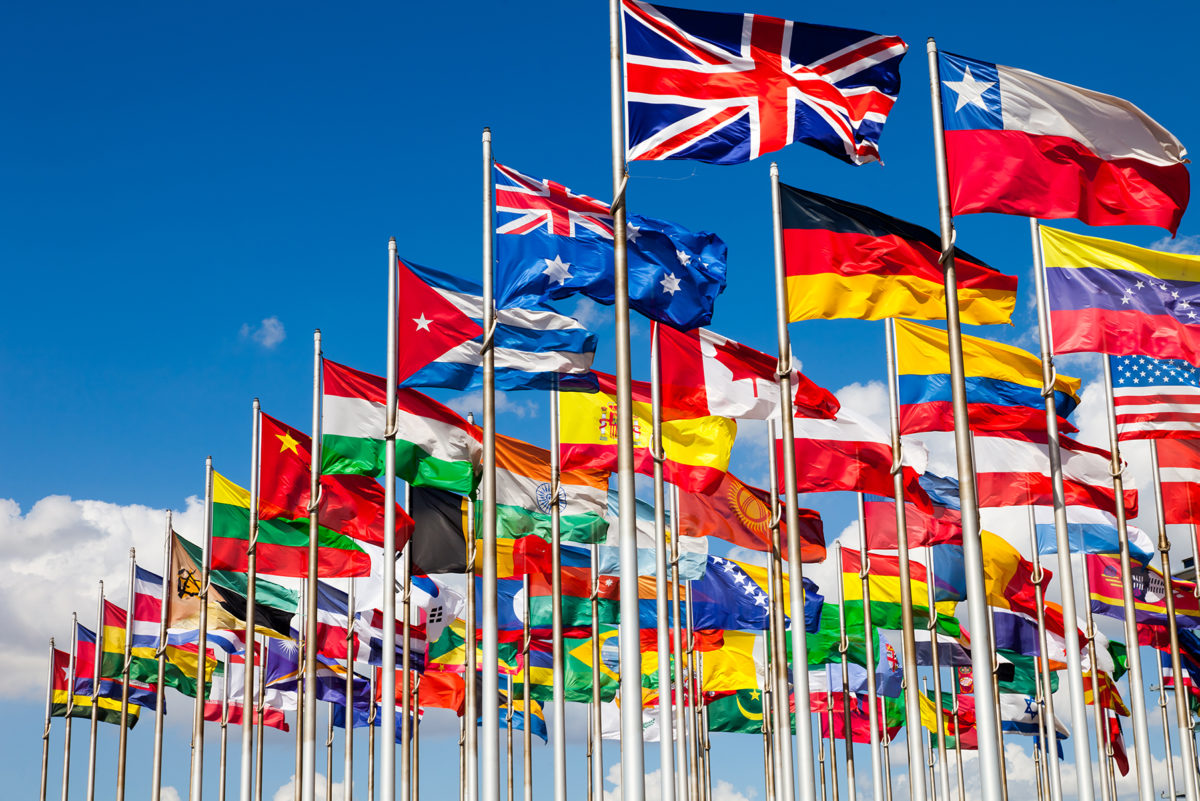Where do the raw materials come from, how are they transported to our workshops, how are our products manufactured, stored and delivered to our customers? Who carries out the quality controls? Dive into the quality traceability system of our manufacturing processes.
We efficiently trace each step of the manufacturing process, from the receipt of raw materials to the delivery of the finished product to the customer. This traceability allows our teams and customers to follow each stage of production and ensure the quality and conformity of our products. And because the manufacture of metal structures differs from that of concrete structures, Matière® has defined specific traceability processes.
Metal industry: Unibridge®, MPB®, caisson, walkway, …
The raw material – usually steel plates – is ordered by our buyers and then delivered to our metal factories with certificates of conformity associated with the Delivery Note. Once the plate has been received, its certificate of conformity is verified by a person in charge who assigns it an internal number. This number is reported on each plate and it is he who will make it possible to trace it during allthe stages of production: oxy-cutting, welding and assembly.
The oxy-cutters control the cutting quality of the plate in real time and write the marks and the number of the plate on a flow sheet (case number, dimensions, etc.) , which is then retrieved by the flow manager. Next step: welding, whose processes, which vary according to the product to be manufactured, are defined upstream via a welding book containing QMOS and DMOS (Quality and Description of the Welding Procedure). A Welding Inspector accredited and external to Matiere® then verifies, from the welding book, the conformity of the process with the international standards to which the final product must meet. For this weld, the process is identical: detailed follow-up reported on a sheet, inscription of the initials of the welder on each welded part, visual self-control by our internal teams, verification by internal controllers certified COFREND*, who then give their agreement for the following steps of milling, shot blasting and painting. Then it’s time for assembly: the teams fill out a report and systematically self-check their work which is then checked by the quality manager. Each step of sandblasting and painting is recorded in a report which is archived in order to be included in a final document that will be sent to the customer. Each coat of paint gives rise to an ACQPA (Association for Certification and Qualification in Anticorrosion Paint) control which is plotted on a sheet. Last step: storage and delivery of the finished product. A certificate of product conformity is issued for each product that leaves the factory: the product is then either stored at the factory or delivered to the site.
Concrete industry
It is the Studies/Prefabrication coordinator of our concrete plants who defines the quantities and diameter of the reinforcing steels to be ordered. Once the steels have been received, the workshop manager checks the quantity, diameter and AFCAB** certification via the delivery note.
From receipt of steel to the prefabrication of concrete parts requires several production phases. First step: the cutting and shaping of the steels which is carried out according to the nomenclature of the Good For Execution Plan (BPE). A flow sheet is established daily per structure and per machine to track the origin of the steels and their traceability. The assembly of the reinforcement cages are carried out according to a rib mounting sheet and the BPE. Once the quality of the ribs and reinforcement cages has been checked by a dedicated team, the reinforcement cages are labelled with their number and the name of the structure and then transported to the concreting area. Then it’s time to prepare the concrete: the raw materials needed for its manufacture (aggregates, admixtures, binders) are weighed, checked and stored in clearly identified places. Each entry of raw materials is recorded in a register. Concrete is manufactured at the request of the concrete production manager according to a specific formula for each structure. A production order is formulated daily to carry out the formwork and concreting steps. The production team shall place the reinforcement cage corresponding to the labelling number indicated on the production order. After self-control of the positioning of the reinforcement cage in the formwork and the respect of the coating, the covers are set up to close the formwork. Before carrying out the concreting, an internal control is carried out on the cleanliness and tightness of the formwork as well as on the positioning of the cage. These controls are traced on quality monitoring sheets. Once the concrete has been checked and the mould checked, the concrete is poured in the mould and then smoothes the unformatted parts. The workshop manager checks the strength of the concrete before formwork, then each part is identified by a CE marking and a concrete prefabrication report number. A visual inspection of each part makes it possible to identify possible non-conformities and to implement corrective actions.
The delivery of the product is made according to the loading plan transmitted by the work manager to the workshop manager, who will specify to the driver the instructions for setting and strapping the parts established by our design office. Last step: the signature of the packing slip and the awareness letter recalling the safety instructions for the driver.



